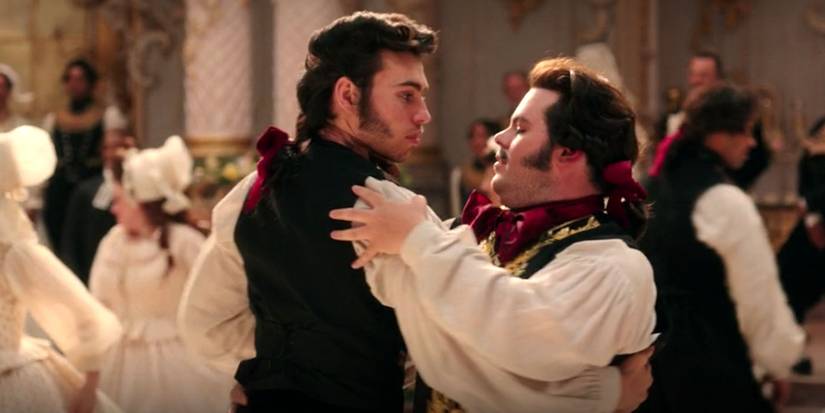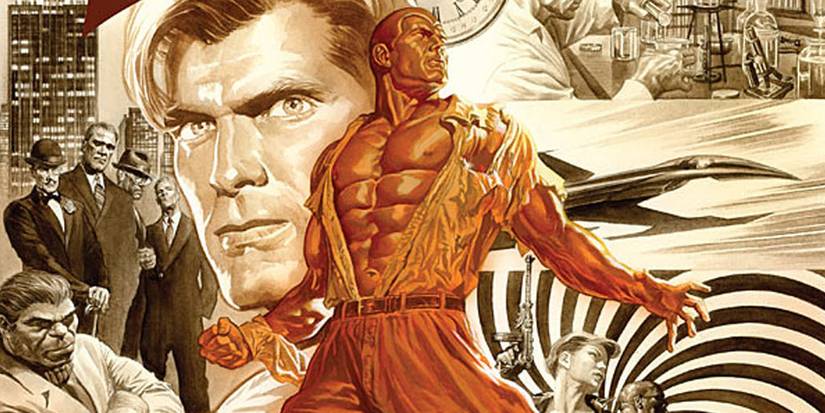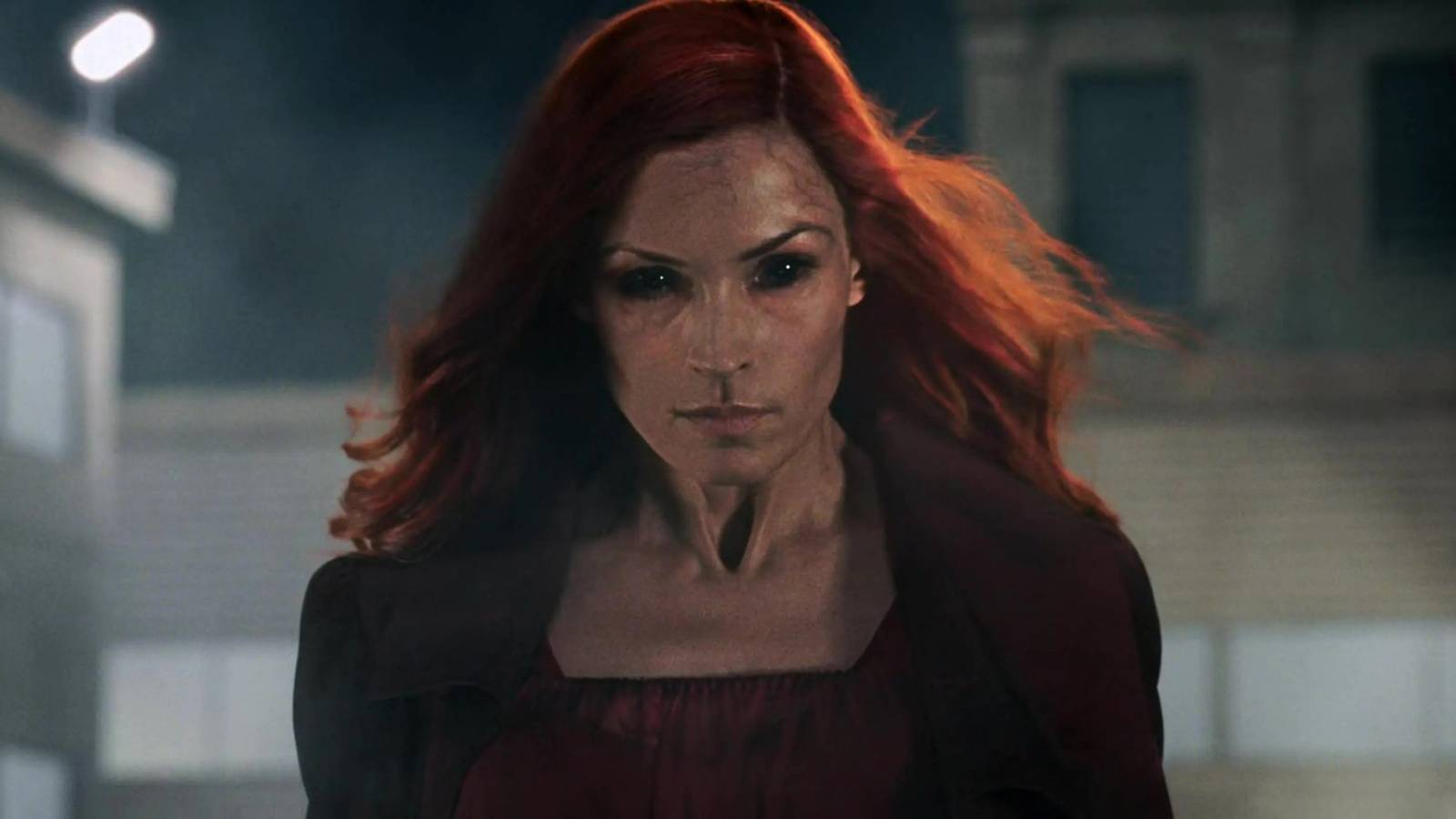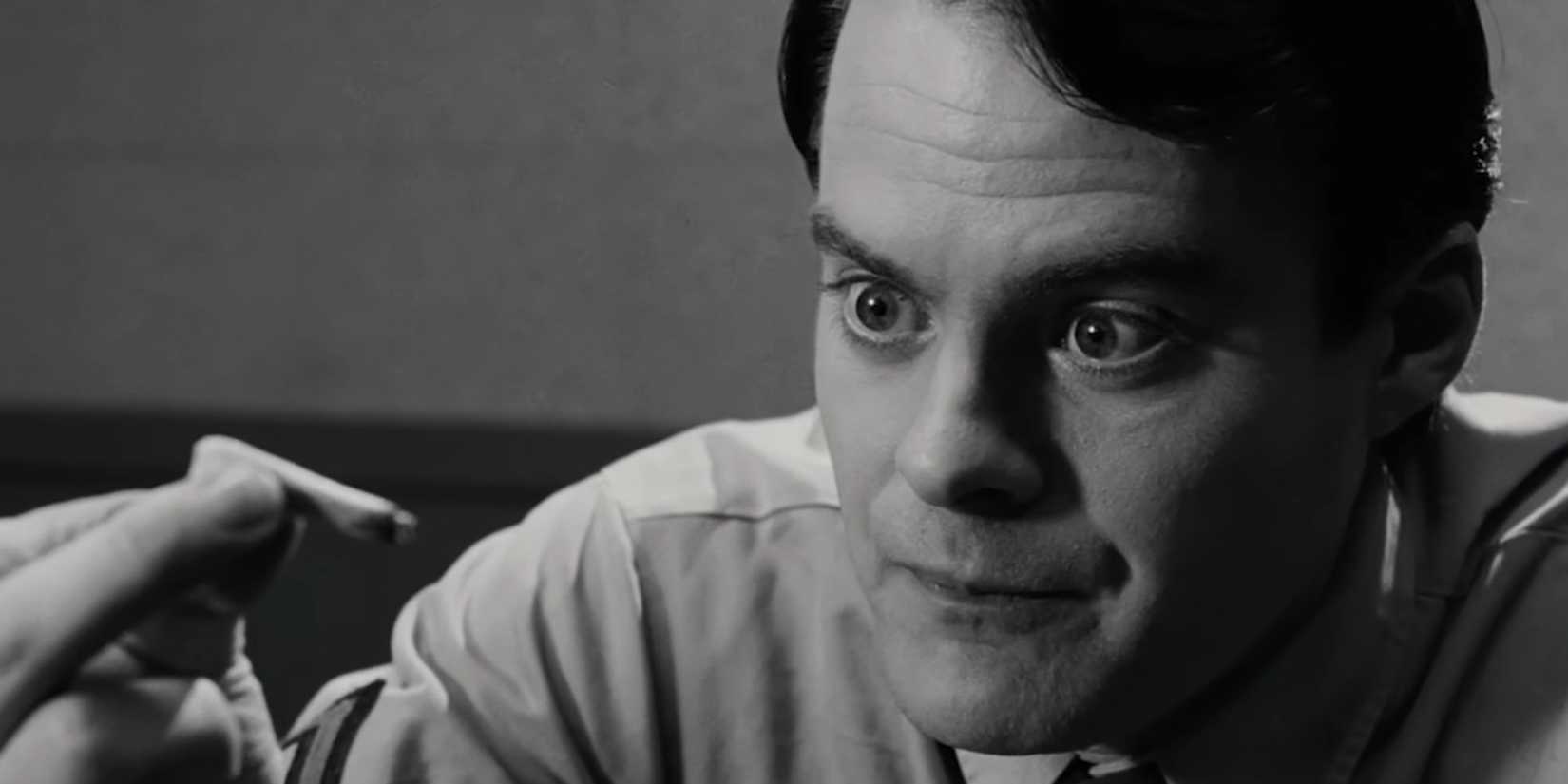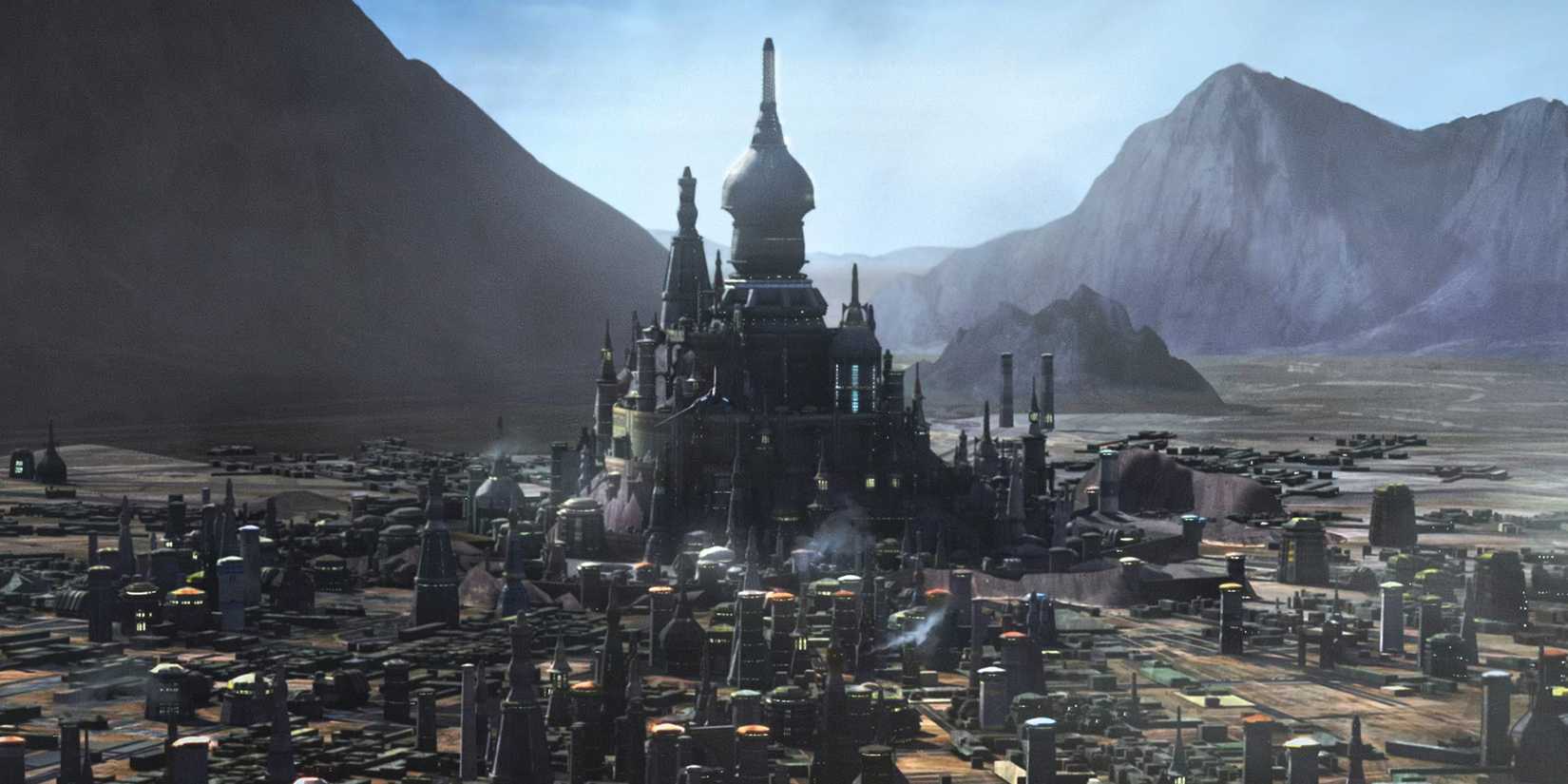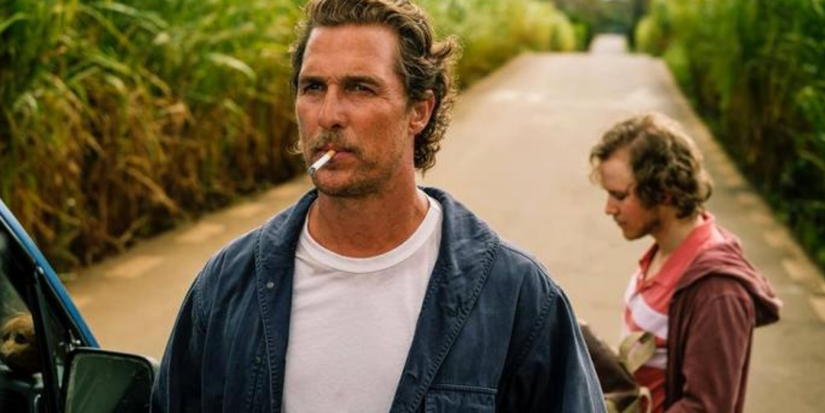Released in 2017, director Bill Condon’s Beauty and the Beast was one of the most successful live-action Disney remakes to date. It grossed a staggering $1.26 billion at the global box office and earned a 71% fresh rating on Rotten Tomatoes.
However, the Beauty and the Beast remake was not without controversy. Around the time of the film’s release, Condon revealed that there would be “an exclusively gay moment” for LeFou (Josh Gad), who serves as the lackey for Gaston (Luke Evans). These comments lead to backlash from both more socially conservative groups and the LGBTQIA+ community, albeit for different reasons.
Recently, Condon, who is gay himself, reflected on the controversy, explaining to The Hollywood Reporter that it “was such a debacle because it was an offhanded comment in an interview with a gay magazine.” He continued: “It was always meant to be a grace note, but suddenly it sounded as if I was pretending to be breaking barriers, and it wasn’t. It was never intended that way.“
Despite his comments leading the movie to be banned in some countries, such as Russia, the director complimented Disney for not cutting the scene in any territories in which Beauty and the Beast was released. The brief moment featured LeFou dancing with a background character, Stanley, in the film’s finale number, which many found underwhelming for what had been teased as Disney’s first gay character.
As for why the moment was added in, Condon said, “it was just the great inclusivity of a wonderful musical.“ The animated LeFou was “a punching bag,” so Condon wanted to make him more like a real person. In doing so, he realized, “Oh, he’s got a kind of masochistic attraction to Gaston. He’s the one Gaston should marry. It’s clear no one else is into him, but he loves him.“
Giving LeFou a moment where he potentially finds love was meant to resolve his unrequited interest in Gaston. Condon explained: “It was just the completion of a story that started with LeFou pulling Gaston into a hug and saying, ‘Too much?’ and Gaston looking around nervously and saying, ‘Yeah.’”
From a character perspective, his reimagining of LeFou’s story made sense and fit in the world of Beauty and the Beast. After all, Condon noted that “because Howard Ashman wrote the original score, [..] there was a gay sensibility going on there.” He sought less to break barriers and more to honor the original while expanding on the characters. He “just didn’t like the fact that it had been inaccurately presented as some kind of groundbreaking moment.”
Interestingly, Gad himself has also addressed the controversy many times. Earlier this year, the actor wrote in his memoir that he “didn’t exactly feel like LeFou was who the queer community had been wistfully waiting for.” He then added: “I can’t quite imagine a Pride celebration in honor of the ‘cinematic watershed moment’ involving a quasi-villainous Disney sidekick dancing with a man for half a second. I mean, if I were gay, I’m sure I’d be pissed.“
Though Condon did not mean any harm, the aura of controversy still surrounds Beauty and the Beast to this day. However, this lies less in the film itself than in how the moment was portrayed prior to its release. Attempting to make LeFou a more well-rounded character was a good idea, but its execution and promotion left LGBTQIA+ Beauty and the Beast fans feeling disappointed rather than represented.
